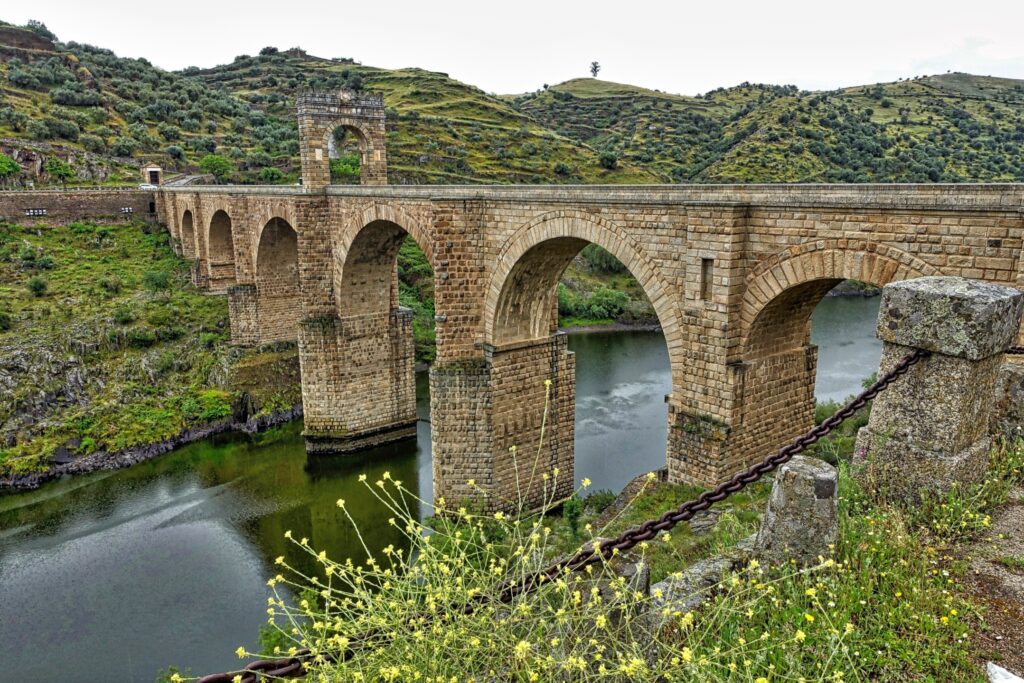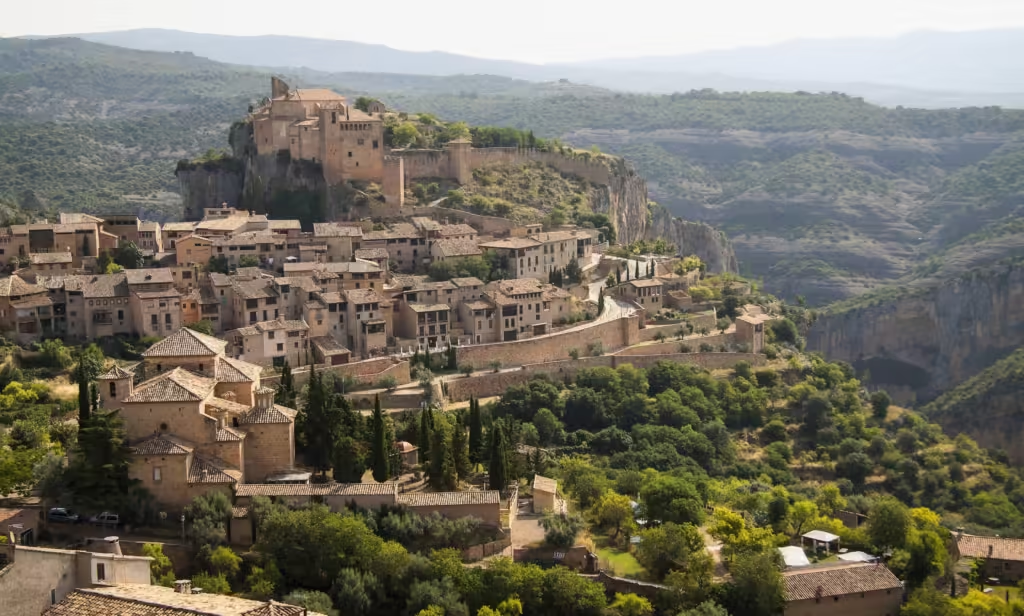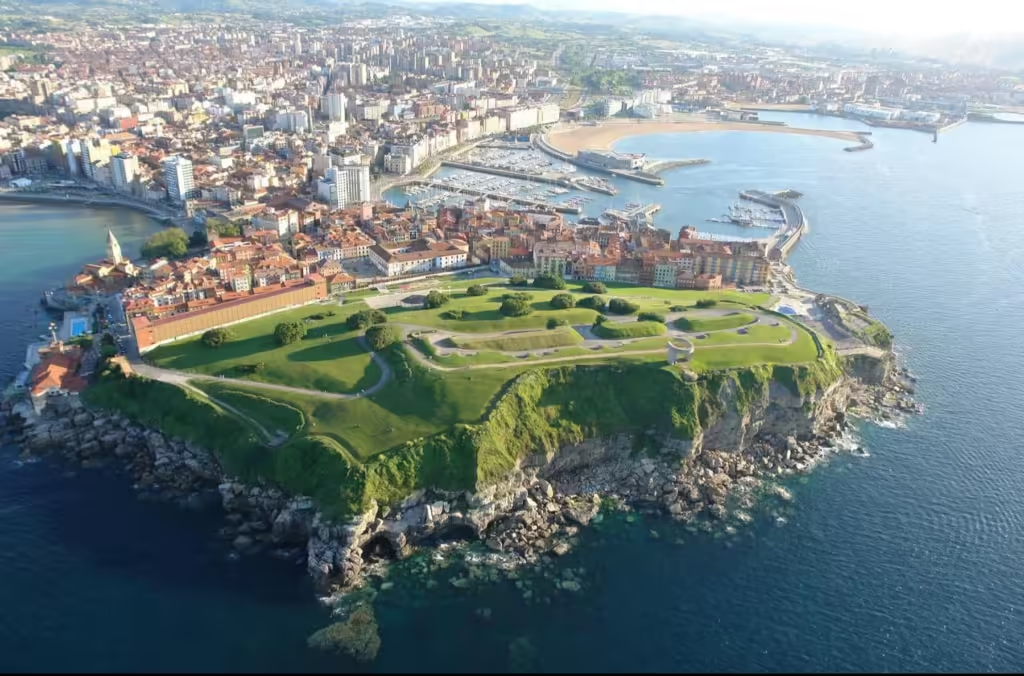Extremadura is Spain’s hidden gem, offering travelers an authentic experience filled with breathtaking landscapes, rich history, and vibrant culture. Nestled in western Spain, bordered by Portugal, this autonomous community is characterized by stunning natural beauty, charming medieval towns, and impressive gastronomy. In this guide, we’ll uncover the wonders of Extremadura, ensuring you make the most of your journey to this unique region.

Table of Contents
Introduction to Extremadura
Top Tourist Attractions in Extremadura
Merida: A Roman Legacy
Cáceres: A Medieval Marvel
Guadalupe: The Heart of Religious Heritage
Plasencia: A Gateway to Monfragüe National Park
Nature and Wildlife in Extremadura
Gastronomy: Savoring the Flavors of Extremadura
When to Visit Extremadura
FAQ About Traveling to Extremadura
Introduction to Extremadura
Extremadura is one of Spain’s best-kept secrets, offering a glimpse into authentic Spanish life away from the more crowded tourist destinations. Situated in the western part of the country, Extremadura is bordered by the regions of Castilla-La Mancha to the east and Andalusia to the south, with Portugal to the west. This region’s history dates back to Roman times, with ancient monuments still standing tall today. Its diverse landscape includes mountain ranges, rolling plains, and protected natural reserves, making it a prime destination for history enthusiasts, nature lovers, and adventure seekers alike.
Top Tourist Attractions in Extremadura
Merida: A Roman Legacy
Merida, the capital of Extremadura, is known for its exceptionally well-preserved Roman architecture. Founded as “Augusta Emerita” in 25 BC, this UNESCO World Heritage city boasts an impressive collection of ruins that rival even those in Italy.
Roman Theatre and Amphitheatre: Merida’s Roman Theatre is one of Spain’s most iconic historical sites. Built to host cultural performances, it has remained in excellent condition for centuries. Just beside it is the Amphitheatre, used in ancient times for gladiator combat.
Roman Bridge and Alcazaba: The Roman Bridge over the Guadiana River is another must-see landmark. It is still in use today, demonstrating the craftsmanship of Roman engineering. Nearby, the Alcazaba Fortress provides stunning views of the city.
With its rich history and incredible monuments, Merida is a must-visit destination for anyone interested in the Roman past.
Cáceres: A Medieval Marvel
Cáceres, a UNESCO World Heritage city, is a captivating medieval town with cobblestone streets, ancient stone walls, and centuries-old palaces. The entire city feels like a step back in time, providing a fascinating insight into Spain’s history.
Old Town (Ciudad Monumental): The historic center is characterized by its blend of Roman, Islamic, Gothic, and Renaissance architecture. Explore the narrow streets, and you’ll find plazas, towers, and mansions that reflect the city’s storied past.
Plaza Mayor: The main square in Cáceres is lively, surrounded by beautiful buildings and restaurants where you can enjoy traditional Extremaduran cuisine.
Guadalupe: The Heart of Religious Heritage
Guadalupe is home to the Royal Monastery of Santa María de Guadalupe, an iconic pilgrimage site that has been designated as a UNESCO World Heritage Site. The monastery is a stunning example of Gothic, Mudejar, Renaissance, and Baroque architecture all in one.
Royal Monastery of Santa María de Guadalupe: The monastery played an important role in Spanish history, particularly during the time of Christopher Columbus. Visitors can admire the magnificent cloisters, chapels, and the famous Black Madonna statue, a symbol of devotion for centuries.
Plasencia: A Gateway to Monfragüe National Park
Plasencia is a charming town located near the Monfragüe National Park, a protected natural area that is known for its rich biodiversity.
Plasencia’s Historic Walls: The town itself is a delight to explore, with its medieval walls, beautiful Plaza Mayor, and a stunning cathedral complex.
Monfragüe National Park: This park is a paradise for birdwatchers. It is one of the best places in Europe to see raptors, including griffon vultures, Spanish imperial eagles, and black storks. Visitors can also hike through its scenic trails, taking in breathtaking views of the surrounding landscape.
Nature and Wildlife in Extremadura
Extremadura is known for its vast and diverse landscapes, which are home to a wide variety of flora and fauna. The region is an excellent destination for nature lovers, offering numerous natural parks, reserves, and rivers. Some of the top natural sites include:
Monfragüe National Park: Known for its exceptional birdwatching opportunities, Monfragüe is a haven for those who want to experience Extremadura’s wildlife firsthand.
Sierra de Gata: A mountain range known for its picturesque villages and scenic hiking trails. It is also an ideal place for exploring traditional customs and experiencing the local culture.
Los Barruecos Natural Monument: This unique natural landscape features large granite boulders scattered across plains, creating dramatic scenery. It’s also the location of the Vostell-Malpartida Museum, blending art with nature.
Gastronomy: Savoring the Flavors of Extremadura
One of Extremadura’s highlights is its exceptional cuisine. The region is renowned for its high-quality products, such as Iberian ham (Jamón Ibérico), Torta del Casar cheese, and Pimentón de la Vera (a smoked paprika that is a key ingredient in Spanish cooking). The traditional dishes here are hearty and full of flavor, reflecting the rural way of life.
Iberian Ham (Jamón Ibérico): Extremadura is one of the primary producers of Iberian ham, which is made from pigs raised on a diet of acorns. This delicacy is known for its rich, nutty flavor.
Migas: A traditional dish made with breadcrumbs, garlic, chorizo, and paprika, often served with fried eggs or sardines.
Torta del Casar: This creamy cheese is made from sheep’s milk and is perfect for spreading on bread or crackers.
No visit to Extremadura is complete without sampling its culinary delights, paired with a glass of local wine from the Ribera del Guadiana wine region.
When to Visit Extremadura
The best time to visit Extremadura is during the spring (March to May) and autumn (September to November). During these seasons, the weather is mild, making it perfect for sightseeing and outdoor activities. Spring, in particular, is a beautiful time to visit, as the landscape comes alive with blooming flowers and greenery.
Summers in Extremadura can be quite hot, with temperatures often exceeding 35°C (95°F), while winters are mild but can be chilly, especially in the mountainous areas.
FAQ About Traveling to Extremadura
1. How Do I Get to Extremadura?
Extremadura is accessible by car, bus, and train. The nearest major airports are in Madrid and Seville, both of which offer connecting bus or train services to cities like Merida, Cáceres, and Badajoz. Renting a car is also a great option for exploring the region at your own pace.
2. Is Extremadura Suitable for Family Travel?
Yes, Extremadura is a great destination for families. The region offers a variety of activities for all ages, including visits to historical sites, nature parks, and wildlife spotting in Monfragüe National Park. The welcoming atmosphere and relaxed pace make it ideal for family vacations.
3. What Is the Currency Used in Extremadura?
Extremadura, like the rest of Spain, uses the Euro (EUR) as its currency. Major credit cards are widely accepted, but it’s a good idea to have some cash on hand, especially when visiting smaller towns or rural areas.
4. What Languages Are Spoken in Extremadura?
The official language of Extremadura is Spanish. While English is spoken in tourist areas and hotels, learning a few basic Spanish phrases can be helpful, especially when visiting smaller towns.
5. What Are the Must-See Attractions in Extremadura?
Some of the must-see attractions in Extremadura include the Roman Theatre in Merida, the medieval old town of Cáceres, the Royal Monastery of Guadalupe, and Monfragüe National Park for wildlife lovers. Each of these destinations offers a unique glimpse into the history, culture, and natural beauty of the region.
6. What Activities Can Nature Enthusiasts Enjoy in Extremadura?
Nature enthusiasts can enjoy a wide range of activities in Extremadura, such as birdwatching in Monfragüe National Park, hiking in the Sierra de Gata, or exploring the dramatic landscapes of Los Barruecos. The region’s diverse terrain offers ample opportunities for outdoor adventures, including kayaking, mountain biking, and nature walks.
Conclusion
Extremadura is a truly remarkable region that offers an authentic taste of Spain. Whether you’re exploring the Roman ruins of Merida, wandering the medieval streets of Cáceres, visiting the beautiful monastery in Guadalupe, or savoring the local gastronomy, Extremadura will captivate you with its charm and diversity. Its combination of history, culture, nature, and cuisine makes it an ideal destination for travelers looking to discover the real Spain, away from the usual tourist crowds. Plan your trip to Extremadura today and uncover one of Spain’s best-kept secrets.

